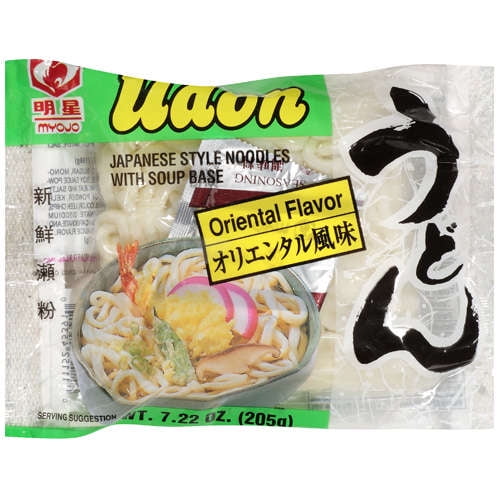


Over the years, these containers have been everything from bamboo stalks to coconut husks. The sugars are processed differently according to the traditions of the place, caramelized to reach their desired colors, and poured into a container to harden and take shape. Gula apong comes from nipa palm trees or mangrove palms of the genus Nypa. Gula aren comes from the sugar palm tree of the genus Arenga and is known in Indonesia as pohon enau or pohon aren. The famous gula melaka of Malaysia, known as gula jawa in Indonesia, comes from coconut trees of the genus Cocos. The most important differentiating factor is that different palm sugars come from different genera of palm trees. Palm sugar is also considered unrefined sugar it comes in different colors (from mahogany to toffee), textures (powder to syrup), and consistencies. It’s a time-sensitive process, as the collected sap will begin to ferment unless it is processed immediately. The sap is then boiled to remove any moisture, leaving the thick syrup to cool and harden into chunks. In comparison, palm sugars are made by collecting sap from various parts of the palm tree (there are different kinds of palm trees, which all belong to the Arecaceae family). Some versions of muscovado and balicucha are considered unrefined sugar, as they do not go through the centrifuge process, which allows them to retain their molasses content. As a general rule, making refined sugar is a multistep process that starts with straining and boiling the sap, evaporating the water to encourage crystallization of the sugars, and then separating the sugar crystals with a centrifuge. The sugar comes from the plant’s sap, which is collected when the stalks are fed through rollers and crushed. How is sugar made?Ī species of perennial grass, sugar cane accounts for most of the sugar production in the world. In Cambodia, palm sugar from Kampong Speu is certified with geographical indication (GI) status, which restricts its production to only three of Cambodia’s 176 districts. This includes a whole variety of palm sugars that are usually known locally by the specific trees their sap originates from, like gula melaka, gula jawa, gula apong, and gula aren (“gula” is the word for sugar in Malay and Indonesian). In Thailand, Malaysia, Indonesia, and Cambodia, palm sugar is typically used as a sweetener. The most popular is muscovado (granulated sugar, often used as a substitute for brown sugar), but there is also rock sugar (large crystallized chunks), balicucha (hardened sugar cane syrup), panutsa de bao (a sugar cane chunk that has been poured into a coconut mold to harden), and sugar-adjacent products like pulot (a sticky liquid made by cooking muscovado with coconut milk). In the Philippines and parts of China, sugar cane is the prevailing source of sugar and comes in various forms. What kinds of sugar are most commonly used in Southeast Asia? Needless to say, there’s a lot to know about them, so let’s get started. But sugars from that region give desserts, dipping sauces, and even curries their signature flavor, and using just enough of them in savory dishes to achieve a balance of sweet, salty, tangy, and spicy is an art. The first three types dominate grocery store shelves and eclipse other kinds, particularly those from Southeast Asia, namely rock sugar and palm sugar. If people tap out at white sugar, brown sugar, castor sugar, and maybe jaggery, it is understandable. Here’s a conversation starter for your next dinner party: Ask your guests how many types of sugar they can name.


 0 kommentar(er)
0 kommentar(er)
